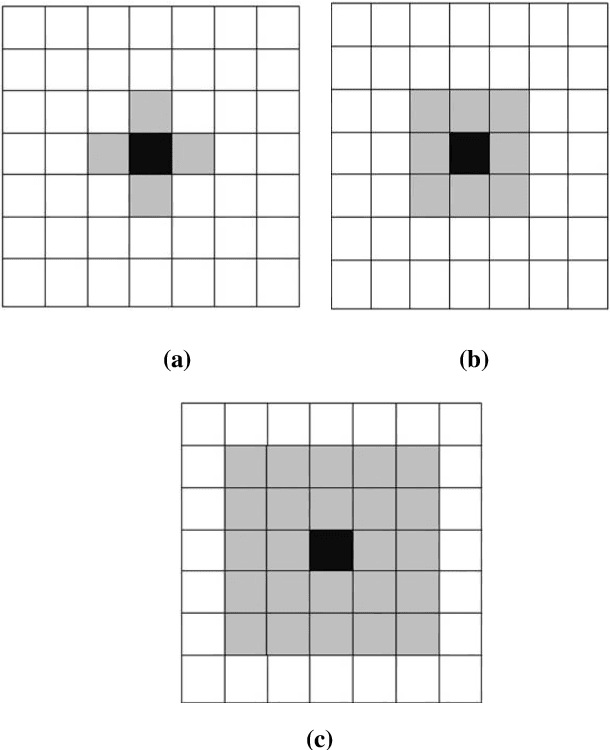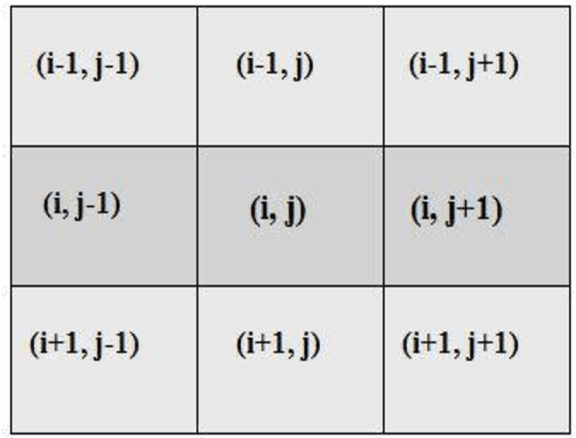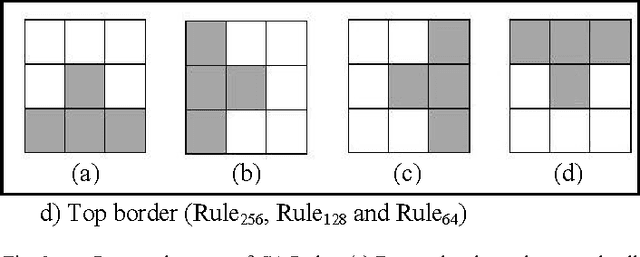Jahangir Mohammed
A Cellular Automata based Optimal Edge Detection Technique using Twenty-Five Neighborhood Model
Feb 06, 2014



Abstract:Cellular Automata (CA) are common and most simple models of parallel computations. Edge detection is one of the crucial task in image processing, especially in processing biological and medical images. CA can be successfully applied in image processing. This paper presents a new method for edge detection of binary images based on two dimensional twenty five neighborhood cellular automata. The method considers only linear rules of CA for extraction of edges under null boundary condition. The performance of this approach is compared with some existing edge detection techniques. This comparison shows that the proposed method to be very promising for edge detection of binary images. All the algorithms and results used in this paper are prepared in MATLAB.
* 7 pages, 9 figures
An Efficient Edge Detection Technique by Two Dimensional Rectangular Cellular Automata
Dec 22, 2013



Abstract:This paper proposes a new pattern of two dimensional cellular automata linear rules that are used for efficient edge detection of an image. Since cellular automata is inherently parallel in nature, it has produced desired output within a unit time interval. We have observed four linear rules among 512 total linear rules of a rectangular cellular automata in adiabatic or reflexive boundary condition that produces an optimal result. These four rules are directly applied once to the images and produced edge detected output. We compare our results with the existing edge detection algorithms and found that our results shows better edge detection with an enhancement of edges.
 Add to Chrome
Add to Chrome Add to Firefox
Add to Firefox Add to Edge
Add to Edge